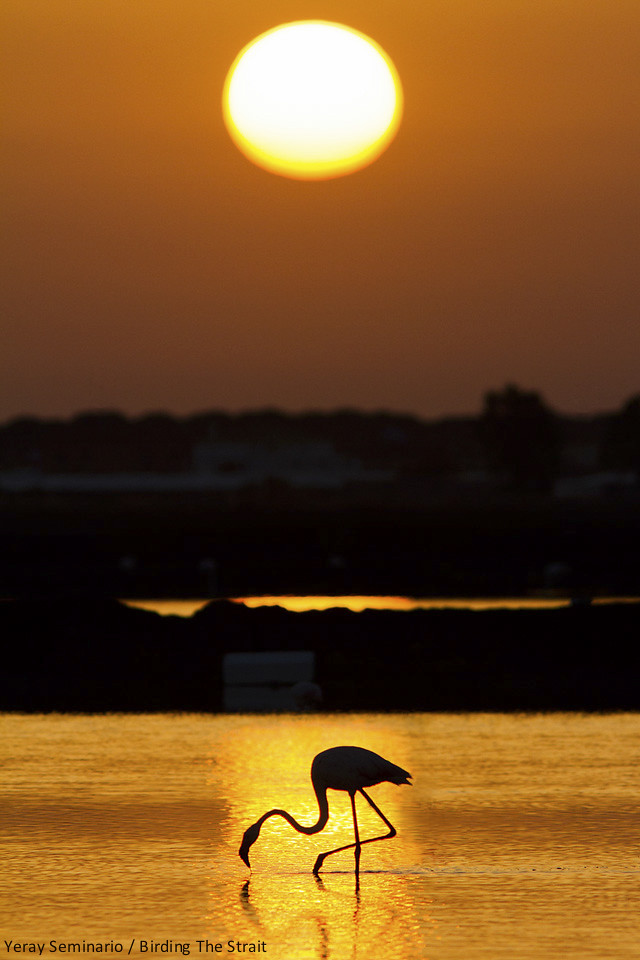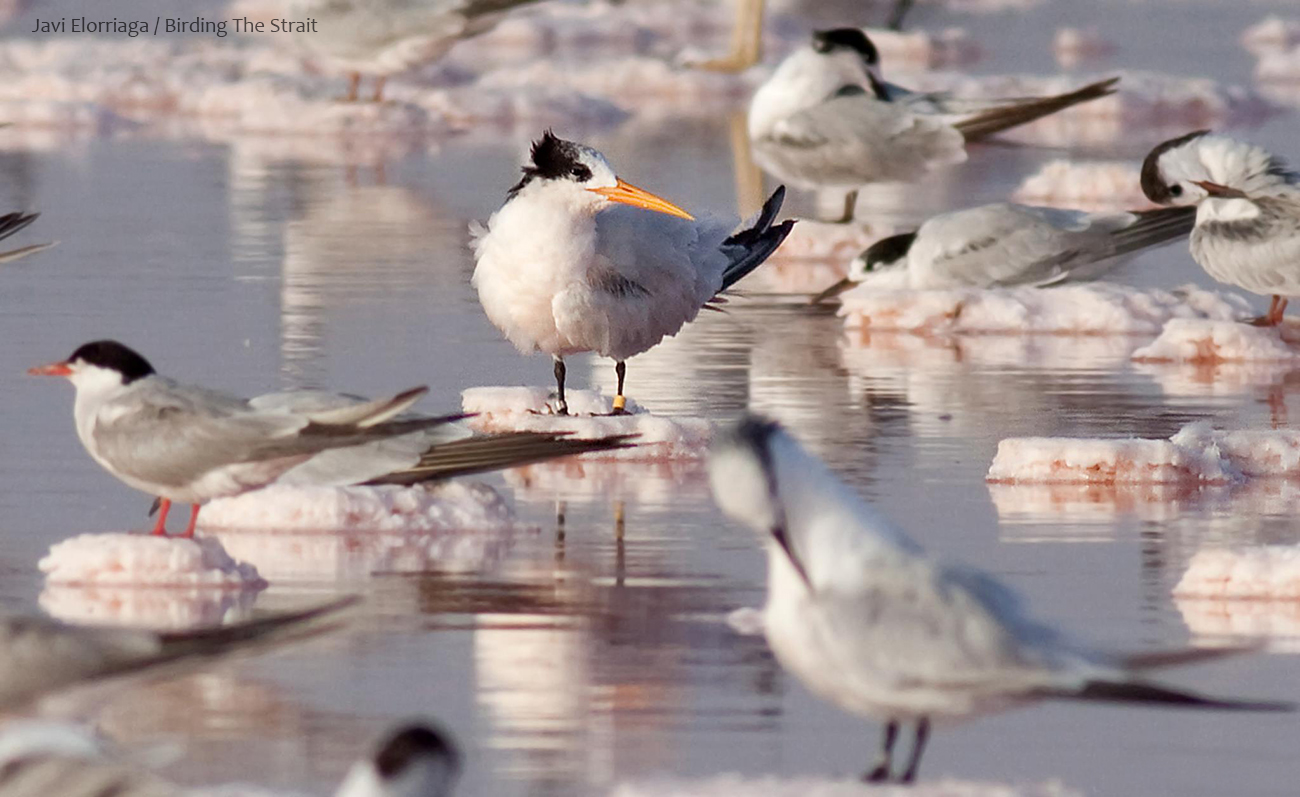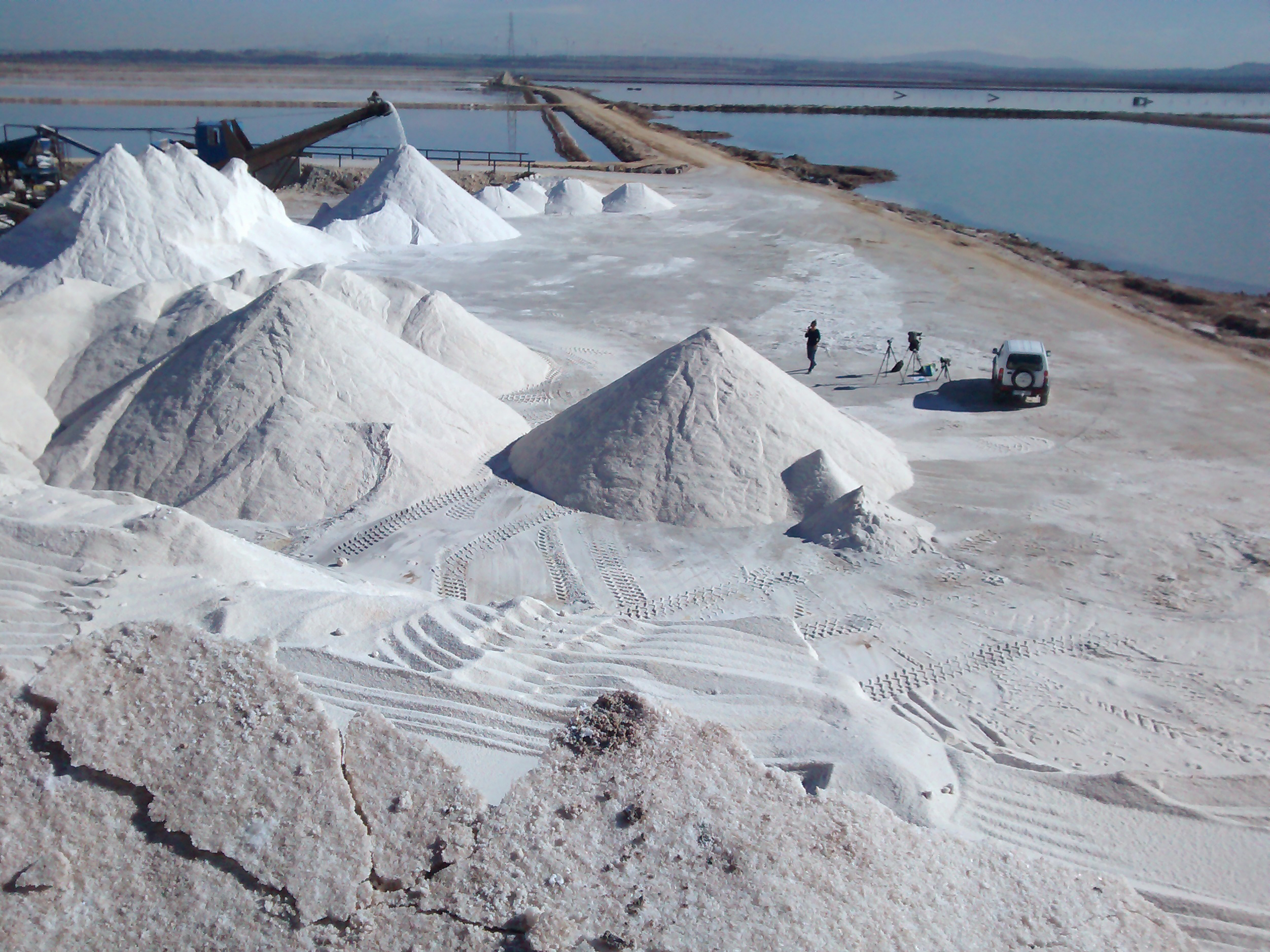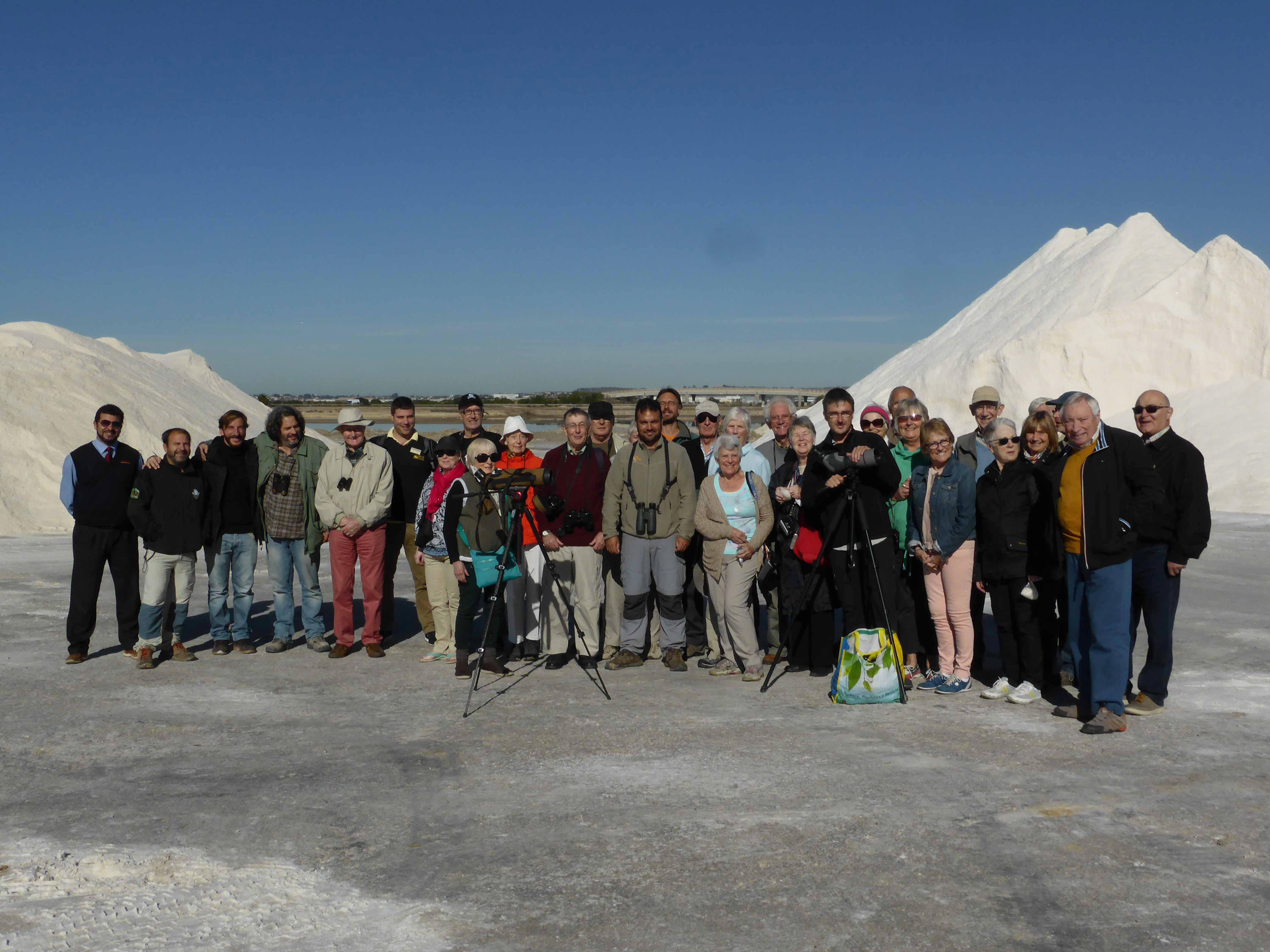
The Bay of Cadiz is an outstanding example of Atlantic tidal marshes on the Iberian Peninsula. Strategically located halfway between Doñana National Park and the Strait of Gibraltar, the Bay of Cadiz is a crucial stopover for migrating and wintering waterbirds, and in 2003 it was declared a Ramsar site.
Much of the tidal marshes have been transformed into salt pans from Phoenician times, and following the development of the refrigeration industry in the 60s, most of them are now abandoned or have reverted to aquaculture. However, this type of deeply human-transformed landscape still provides suitable habitat for a large and varied array of waterbirds.
Remarkably, a growing interest in fostering and promoting the cultural, ecological and ecotouristic interest of the salt pans has risen in the private sector in recent years.
Weyas is a company specializing in environmental education with an special dedication to the sustainable management of the salt plans in the bay of Cádiz. On the 26th November Weyas organized a guided visit for a group of 30 keen British nature enthusiasts to the Cetina and Santa Maria salt pans, both of which hold a remarkable community of waterbirds. We were pleased to work with them as specialized bird guides in this innovative and encouraging experience.
The visit began observing a group of adult Greater Flamingos and explaining our guests the relation between the microorganisms present in salty environments and the characteristic pink colour of the birds. Next we used the scopes to observe one of the 5 Ospreys overwintering in the area. The swallow pools facilitate Ospreys capturing their quarry. Indeed, several perches and nesting platforms have been installed to stimulate the settlement of breeding pairs. It is worth highlighting that Ospreys have been successfully reintroduced in the Odiel Marshes of Huelva and two reservoirs in Cadiz. Therefore, the Bay of Cadiz is expected to be soon recolonized creating an important steping stone between the former two Andalusian subpopulations.

Walking through the channels and salt pools (esteros) we enjoyed a variety of remarkable species such as Lesser Short-toed Larks, Slender Billed Gulls, Shelducks, White Storks and a single Black Stork.

The up 10 meters height mountains of salt provided superb scenic views and a rather surrealistic ambience. Here, as a finishing touch, we tasted a selection of local products including Payoyo cheese from Grazalema Natural Park and Mosto wine from Jerez.
